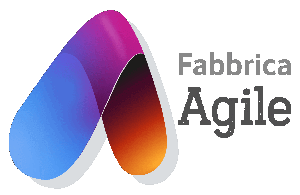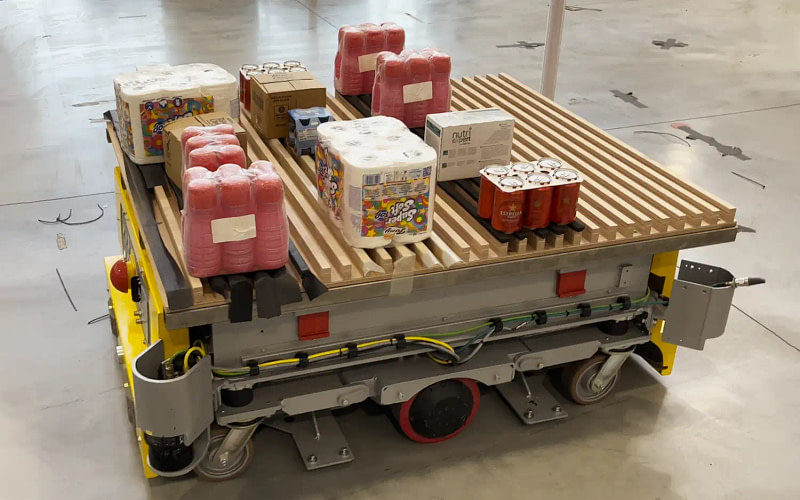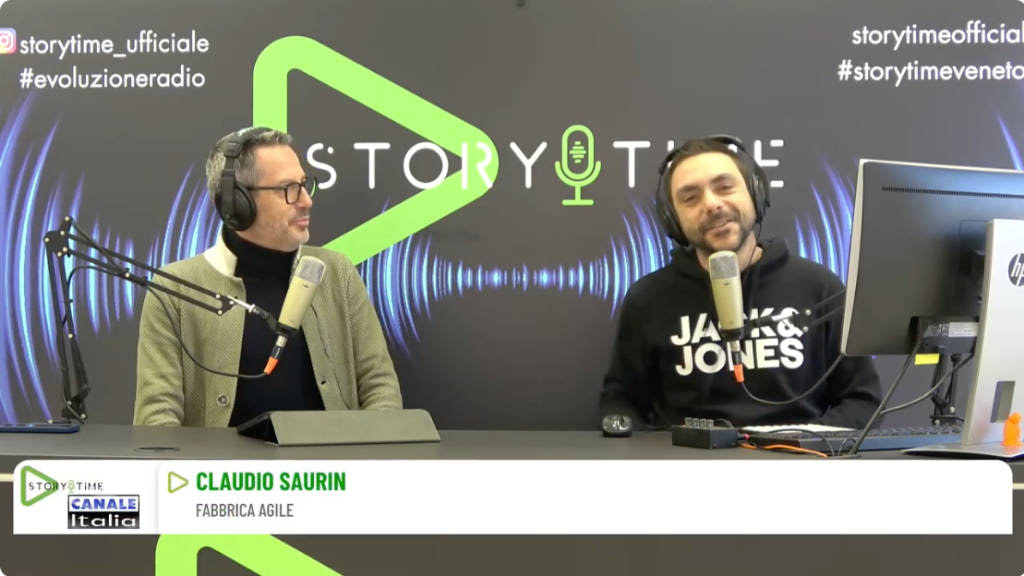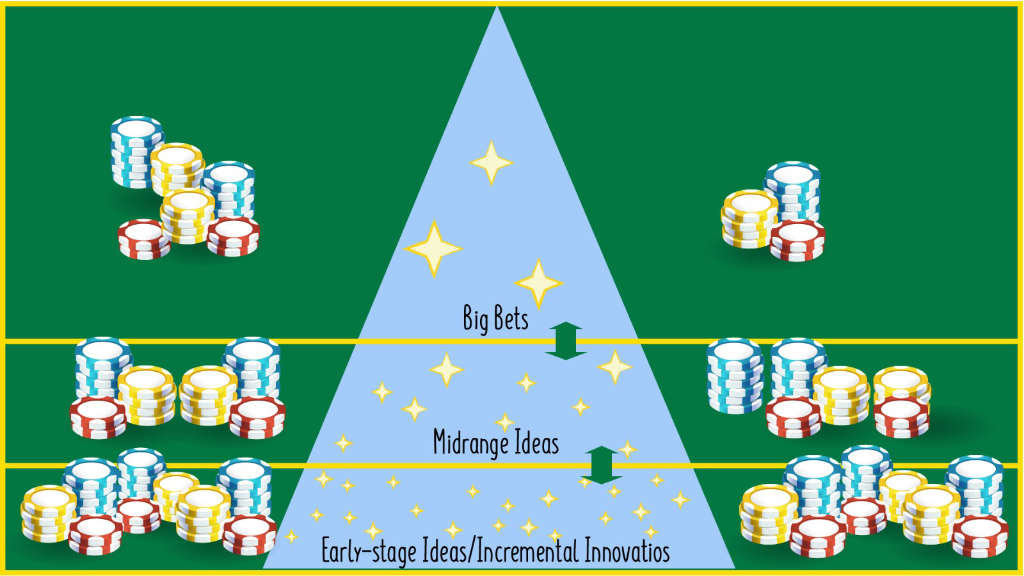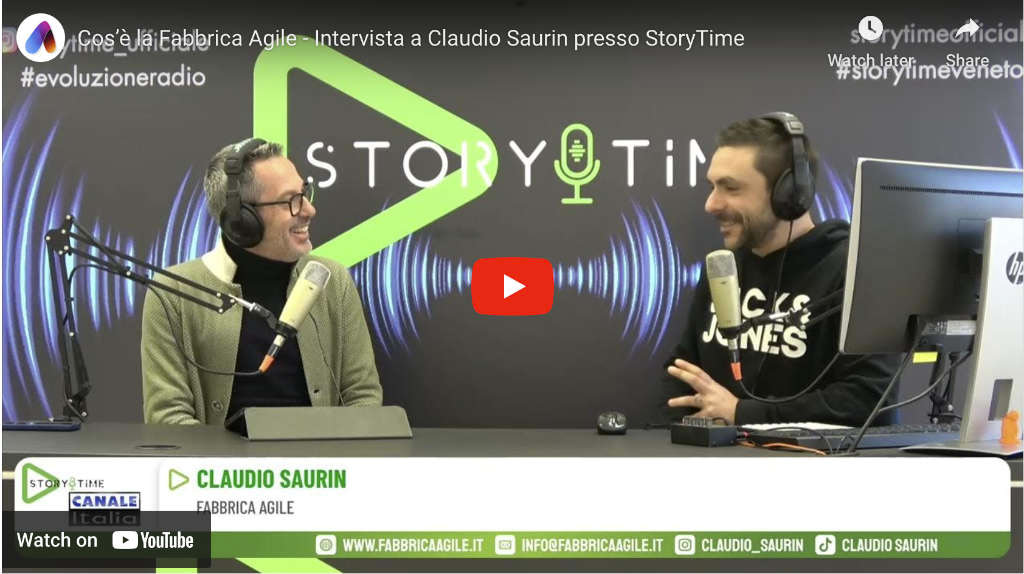Pretotyping is one of the best ways to make Agile development of physical hardware products sustainable.
Nello sviluppo tradizionale a cascata o waterfall dei prodotti hardware la costruzione del prototipo, come primo esemplare, è seguita da una fase di industrializzazione.
The prototype is essential to validate the product.
There is a risk of discovering too late, that some of these later solutions and realizations, do not pass this test.
In the next stage of industrialization, the product is often changed in a major way from the prototype.
This is done to take into account the needs of the customer and mass production.
In many cases, a second prototype is built before starting repetitive production.
The agile approach allows for a strong overlap of the initial stages, making sure that the prototype built, is very close to the industrialized product.
As I explained in my article “Who pays for the speed of agile product development?…the Cost of Delay“, this allows the product to be brought to market sooner.
How do you validate different design solutions, sometimes alternatives to each other, without changing the prototype itself several times?
The solution is to develop prototype forerunners, aimed at validating solutions without the need to build the actual prototype.
For years, I have embraced the term “pretotype” proposed by Alberto Savoia as an approach to validate a product idea without having to build it.
Many insights can be found in his book “Pretotype it – Pretotype: Make sure you build “the right thing” before you build it right”.
From my experience with development teams over the years, pretotyping is primarily a mental approach.
Indeed, this approach leads developers to validate design solutions and their possible alternatives as soon as possible.
Pretotyping is one of the ways to make Agile development of physical hardware products sustainable.
Among the many pretotype examples I could bring, I mention a case that I consider very significant.
A company, which I am assisting in the agile development of industrial machinery, needed to develop a tray on which to arrange product packages for supermarkets.
These trays must carry product packages to a machine (palletizer), which is capable of arranging them on top of a pallet even if they are of different shapes and types from each other.
It is then necessary to validate the ideal shape of the tray and decide on the most suitable material for its construction.
The shape depends on the gripping hands and strongly influences the shape of the bearing surface of product boxes, making them potentially unstable.
I proposed that the teams build a wooden “pretotype” of the tray with dimensions and geometry identical to the design.
We glued on the surfaces where the product packages rest, tapes made of the same materials with which the actual tray can be built.

A handling vehicle was then modified to accommodate this tray, and operation tests were carried out in a route similar to the real one.
In this way, some materials were validated while discarding others.
The construction in less than 2 weeks of the “wooden pretotype ” made it possible to validate the shape of the tray and identify the most suitable materials for its construction.
This cost one or two orders of magnitude less than building a prototype of the tray itself.
